
inkjet on wandvlies
42,5 x 42 cm
Educated as a sculptor, Stein Rønning (b.1953) has been working with photography as sculpture, or with sculptural questions through photography, since the late 1970’s. His artistic language can be said to be strict and minimalistic, and he often takes departure in linguistic, art historical or theoretical matters. He experiments with form by creating rules or patterns for his own and the objects’ behaviour in the process. These processes are rigorous and time consuming, through which he investigates the relationship between the depicted and depictions, between photography and object, and how this again works in the act of reception by the viewer.
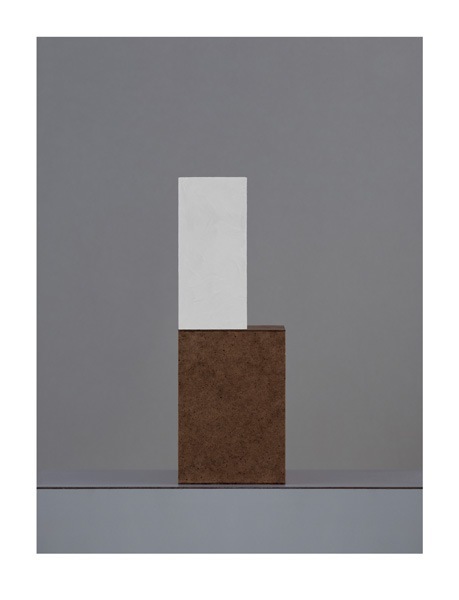
Inkjet on wandvlies
64,3 x 86,3 cm
In creating both sculpture and photography he works meticulously and repetitively, with an attention to, and interest in, every little small change that happens. The mediums’ own materiality and tactility are in focus, and Rønning pushes these to the edge. In this process the motif is emptied from any other “stories”. The works are thus left pointing to themselves as image or as structure, rather than as representations. This reflects Rønning’s emphasis on photography as an opaque medium, in opposition to a traditional view of photography as a transparent medium, where we look beyond the medium and primarily at the motif and what it tells us.
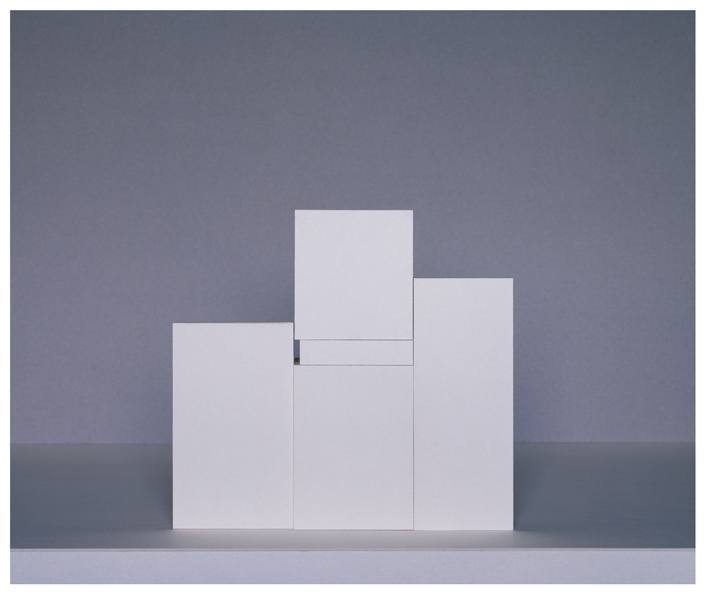
Digital C-print
151×177 cm
Rønning draws the viewer’s gaze toward the photograph’s surface – its materiality and the photo as an object in itself. He attempts to manifest the real presence rather than showing what is represented in the picture. The photos are self-reflective, as they themselves become part of the motif and the space they portray. This way of working may be read in relation to the philosopher Jean-Luc Nancy’s understanding of photography’s four subjects. Rønning works with weakening what is photographed (the second subject in Nancy’s theory) and replacing it with an aspect of the photographer (the first subject). In this way he can play with a perception of proportions that breaks with the third subject (a consciousness about photographic conventions) because the second subject (what is photographed), is reduced to something so obvious that you both see and overlook it at the same time.
This can for example be seen in his photos of precisely stacked and compiled boxes. The boxes are totally plain, generic squares. They are photographed against a neutral background and from such an angle so that they loose gravity and we can’t tell anything about their space and scale. By reducing the signs and signifiers, Rønning’s objects become so obviously just “what they are”, that they create a different type of openness. The photos show “nothing” and therefore work in a different way than a photo depicting an image with a further message or story to tell. Rønning’s works are rather about what it means to see, to be in the action of seeing. In the perception of the viewer, they appear as pure, physical presence.
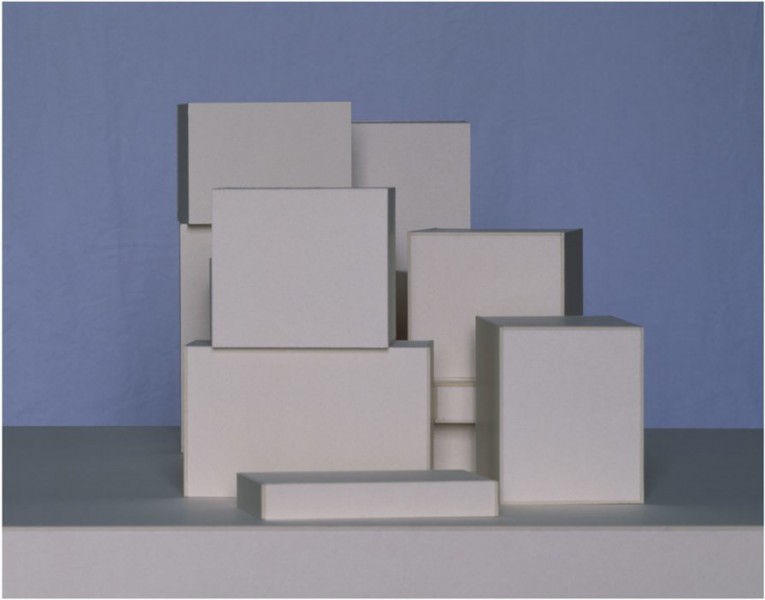
Digital C-print
160×196 cm
—
Stein Rønning (f. 1953) has exhibited extensively since his graduation at Bergen Art Academy in 1979. In recent years he has presented solo exhibitions at Galleri Riis, Oslo; Kunstnernes Hus, Oslo; Kristiansand Kunsthall, Kristiansand; Gallery D.O.R. Brussels; Bomuldsfabriken Kunsthall, Arendal, to mention a few. Recent group exhibitions include shows at Centre for Contemporary Photography, Melbourne; Nordnorsk Kunstmuseum, Tromsø; Stavanger Kunstmuseum, Stavanger; F.O.D.O, Waterloo Action Centre, London; Carnegie Art Award, Oslo, Stockholm, Helsinki, Copenhagen; Gallery MOLAF. Bergen. Throughout his career he has been teaching at the National Academy of Fine Art in Oslo, Bergen Academy of Art and Design and the Faculty of Architecture and Fine Art, NTNU.
Read more about Stein Rønning here:
Artist homepage
Galleri Riis
Talk with Stian Grøgaard
Text by Stian Grøgaard: Ekspressivitetens underside / Expressivity’s underside
Text by Per Bj. Boym: Alltid et eksperiment / Always an experiment
Text by Line Ulekleiv
Text by Arnfinn Bø-Rygg
Text by Jeremy Welsh
Text by Stein Rønning
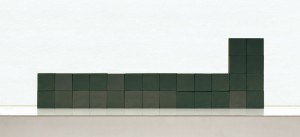
inkjet on wandvlies
105 x 230 cm

Kunstnernes Hus, Oslo 2014
Photo: Vegard Kleven
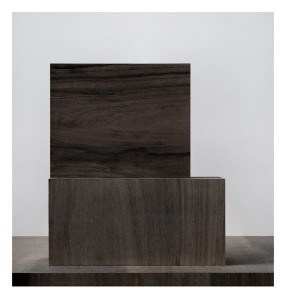
Digital C-print
74×71 cm
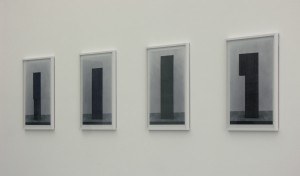
2009
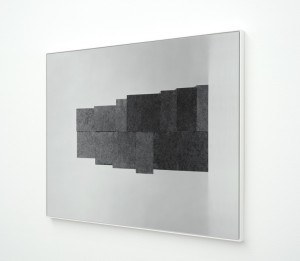
Inkjet on wandvlies
104×137 cm
Photo: Vegard Kleven

Oslo, 2010

Linge, 2014
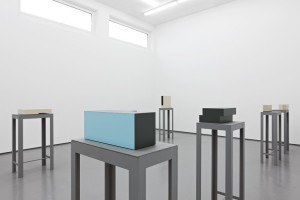
Galleri Riis, Oslo 2014
Photo: Vegard Kleven
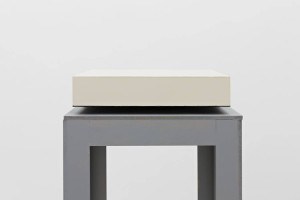
acrylic on MDF
460 x 360 x 82 mm
Photo: Vegard Kleven

acrylic on MDF
460 x 360 x 82 mm
Photo: Vegard Kleven

2003

2003
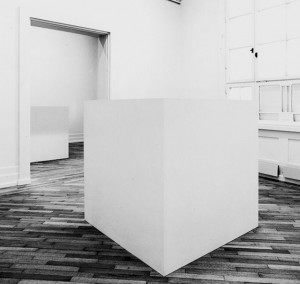
Alkyd resin and pigment on wood ….
167×167 cm / 165×165 cm
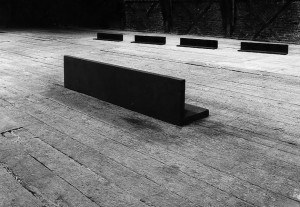
Cast iron, 60x60x240 cm
Galleri Riis, 1987
Photo: Dag Alveng

1986